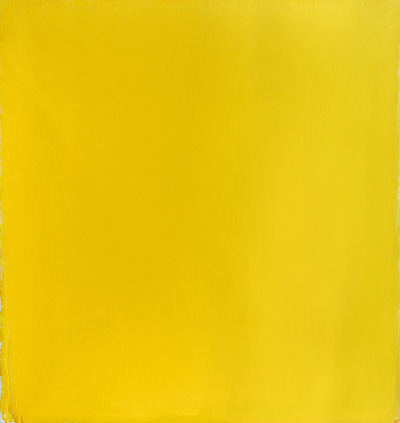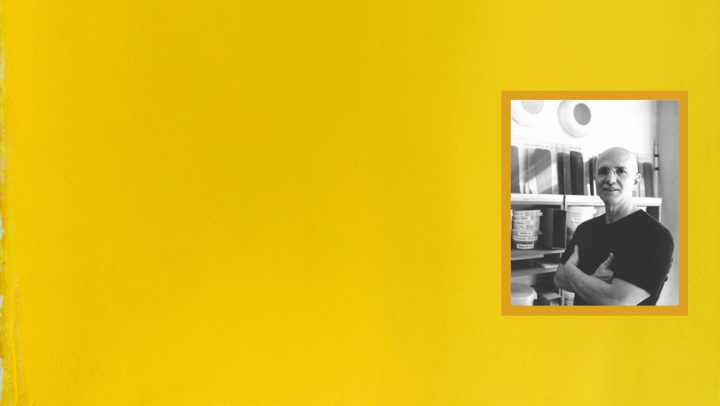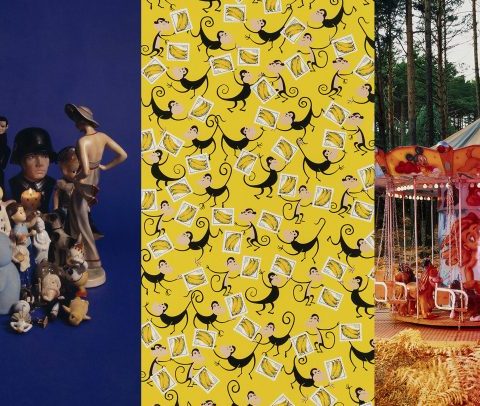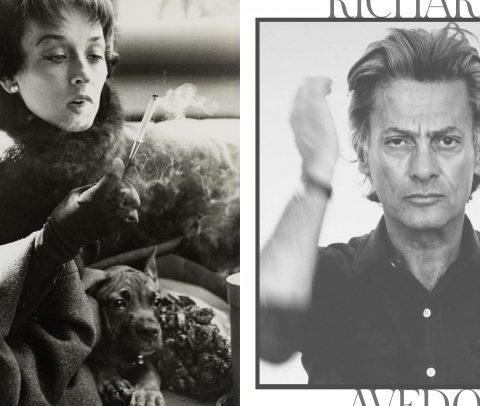The ode to pictorial values proclaimed by post-pictorial abstraction finds in the monochrome paintings of Joseph Marioni a magnificent heir.
Among the painters that the American artist Joseph Marioni admits to admire are Matisse, Bonnard, Van Gogh, O’Keeffe or Marc Rothko… Although at first glance it may seem that there is no point of union between the disparity of their styles, the reality is that all of them vertebrated their work under a particular treatment of light and color. This is also the case of our protagonist, whose career, linked to the Radical painting group in New York, reveals a deep reflection on the interaction of light and color.
The term Radical painting has its origin in the context of the exhibition held in 1984 at the Williams College Museum in Williamstown, which addressed the practice of a self-referential art whose main concerns derive from those concepts that, such as color, surface or structure are immanent to the pictorial act. The monochrome paintings that dominated the production of the Radical Painting artists are rooted in the tradition of post-pictorial abstraction of the 50s and 60s, approaching the precepts of Minimal Art, but also the constructivist and supremacist tendencies of the historical avant-garde. In this way, a painting was born that replaced abstract expressionism in the sixties, a painting that, far from hiding some mystical or religious message, exists for its own sake.

These influences were strongly rooted in the artistic formation of Marioni, whose work is, in stylistic terms, a direct heir of this abstract tradition that, since it burst onto the artistic scene, has exerted an unquestionable attraction on later generations of artists who are still under its orbit today.
In fact, from the seventies onwards, Marioni will focus his research on the exploration of the limits of painting, which he will carry out through his characteristic monochrome paintings. In them, as in the piece we present here, there is a special tension between color, light and support that is achieved thanks to a technical process that is much more complex than it may seem at first glance .
Considering color as “the most direct instrument of painting”, Marioni uses a variety of instruments, such as rollers, spatulas and even his fingers, to apply multiple layers of satin paint. By superimposing one after the other, the artist manages to give the pictorial surface a translucent finish that, depending on the incidence of light and the position of the viewer, reveals the underlying layers and chromatic nuances.
In this sense, the leisurely contemplation of his work becomes an essential part of it, allowing us to obtain through it a deeper understanding of color and of a changing nature that is completely subject to the fluctuations of light and our perception.
His canvases, reverberating with “liquid light” embody, therefore, much deeper complexities directly related to the pictorial concept itself, whose purest and most authentic essence must arise from its intrinsic values.. His work is therefore a plea for minimalist and conceptual sensibility but, above all, a true celebration of light and color.






